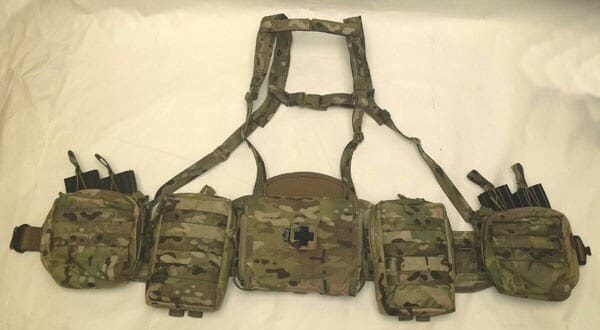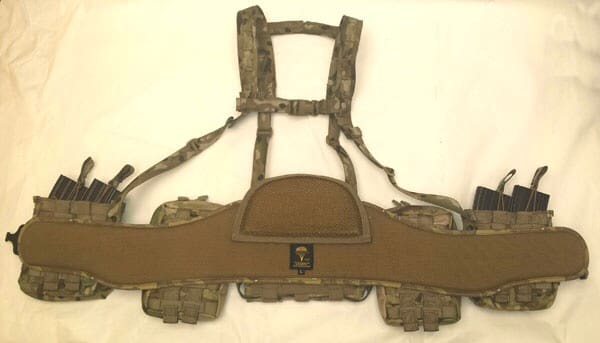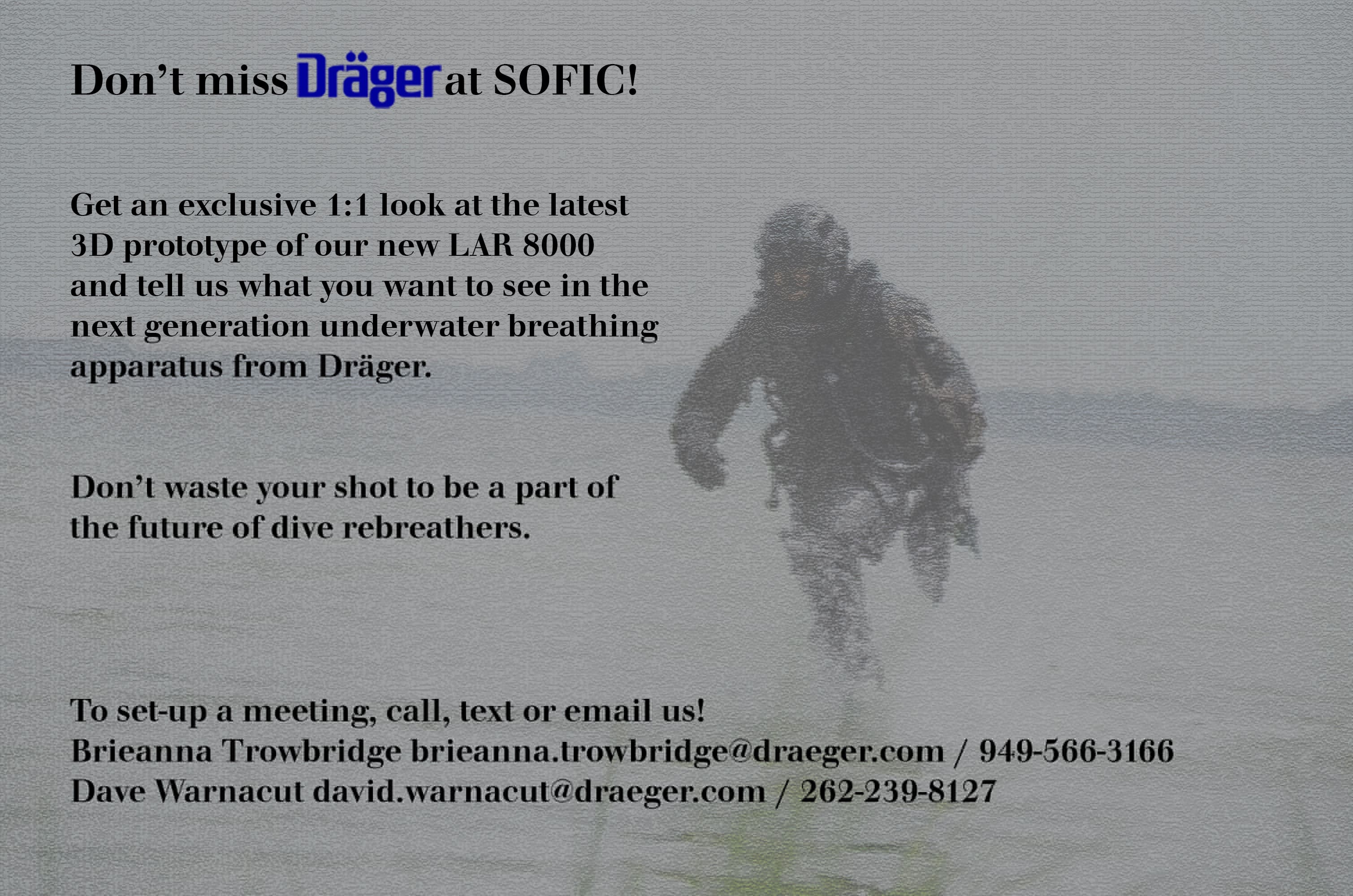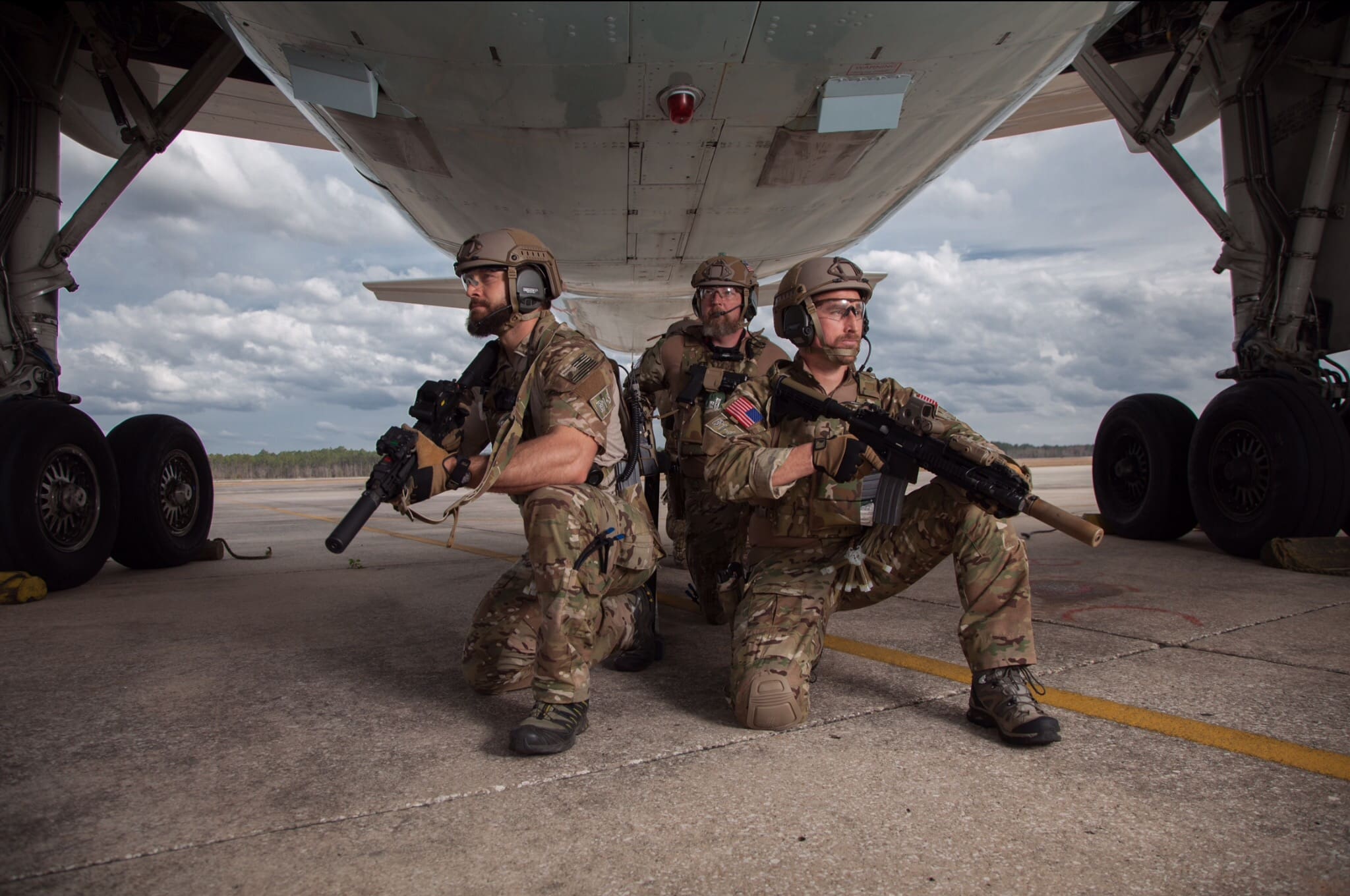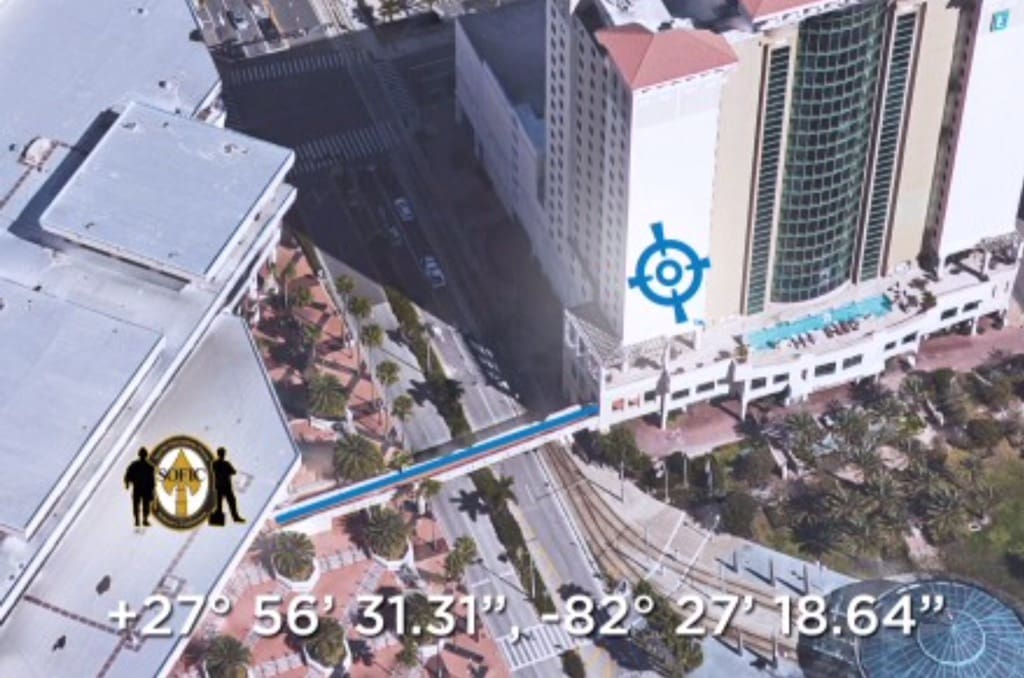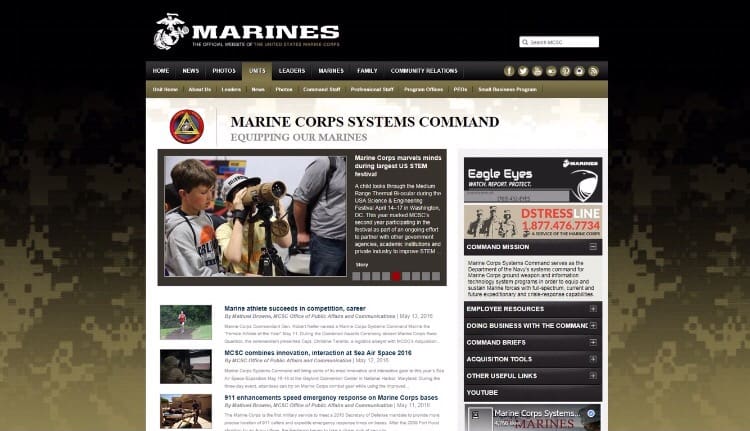Every trade show there’s industry gossip going around and the NRA Annual Meeting was no different. This time it was hate for CMC triggers and Mossberg for suing pretty much anyone that makes a drop in AR trigger. Drop in triggers are pre-assembled packages that can be inserted into an AR-style lower receiver and, after inserting the pins into place, offer an enhanced trigger over the Mil-SPEC model. The enhanced trigger and ease of use have made drop ins quite popular because they can be user installed with little to no difficulty.
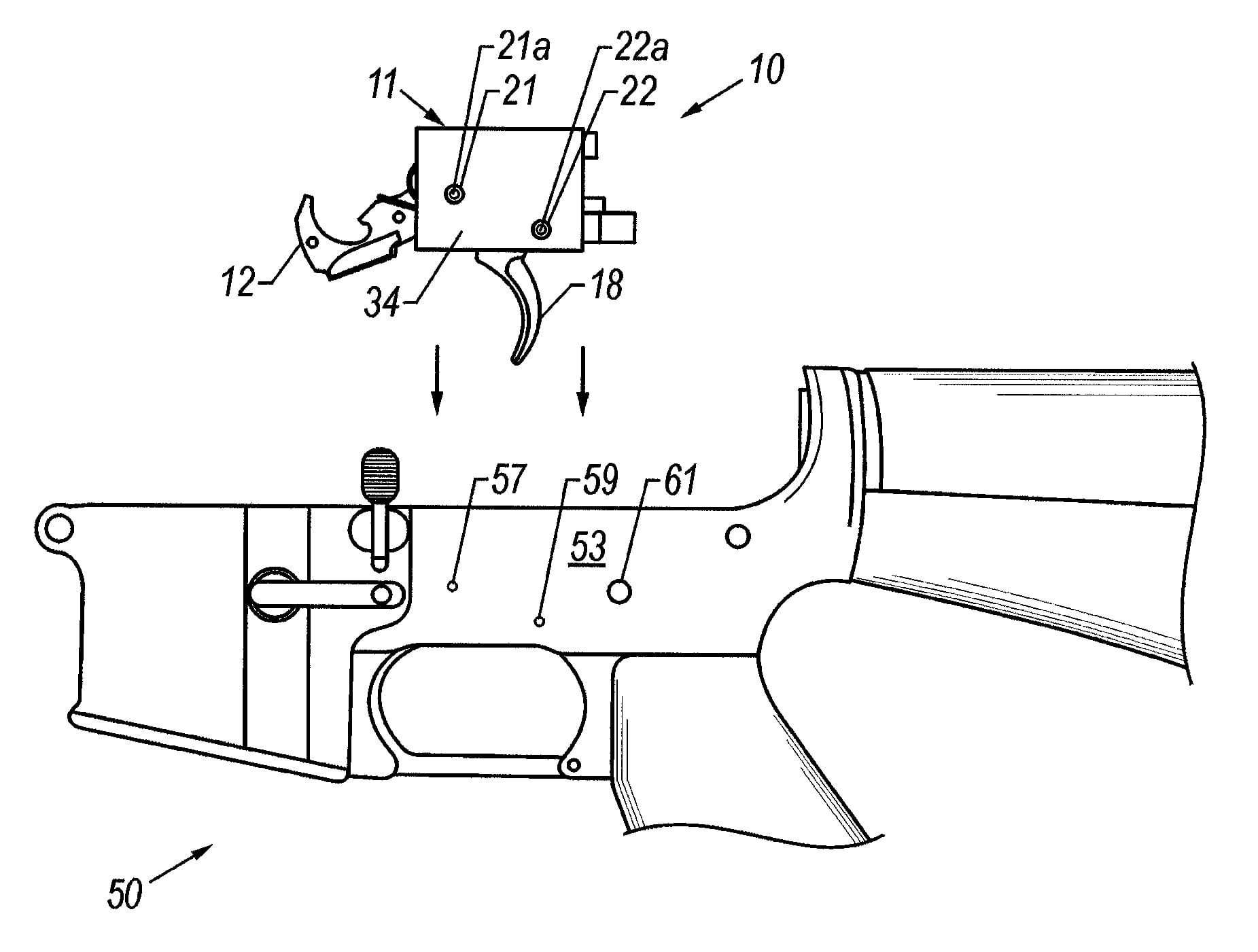
As I understand it, the story goes that Mossberg bought the rights to the Chip McCormick (CMC, Chip McCormick, see where this is going?) patent, US 7,293,385 B2, a while back, and now Mossberg is on a tear, suing companies that they allege have violated their intellectual property rights. But, everyone is blaming CMC Triggers Corp.
According to a story on The Firearm Blog, these companies have been named in suits by Mossberg:
- Black Rain
- DOA Arms
- Tactical Fire Control
- Battle Tested Equipment
- Patriot Ordnance Factory
- RISE Armaments
- T Vehr Manufacturing
- Elftmann Gun Products
On Saturday evening, CMC Trigger Corp President Jack R Biegel issued this statement:
CMC Triggers is a Christian company, privately held and not owned by O.F. Mossberg or anyone else.
We pay our bills when they’re due including our royalty responsibility to O.F. Mossberg.
Fair competition in the market place is only fair if the playing field is level.
We proudly stand with them in their pursuit of what is right in regard to all the companies that infringe on their Patent.
Shame on anyone that would spin negatively O.F. Mossberg exercising their right under law to collect royalties.
Jack R Biegel, Pres. CMC Triggers Corp.
I have to say, I agree with him. IP ownership is IP ownership and we support those that protect what is their’s. What make some uncomfortable about this situation is that Mossberg bought the patent rather than creating a design themselves. Regardless, I don’t see how that nullifies their ownership of the IP. Whether they came up with it on their own, bought it for manufacturing use, or just purchased it as an investment opportunity, it has value and they should be allowed to reap the rewards of that investment. Besides, most often in these cases, the IP owner is looking to ensure they are being paid for use of their IP. Most of these are settled before they even go to trial.
This will work itself, one way or another.


